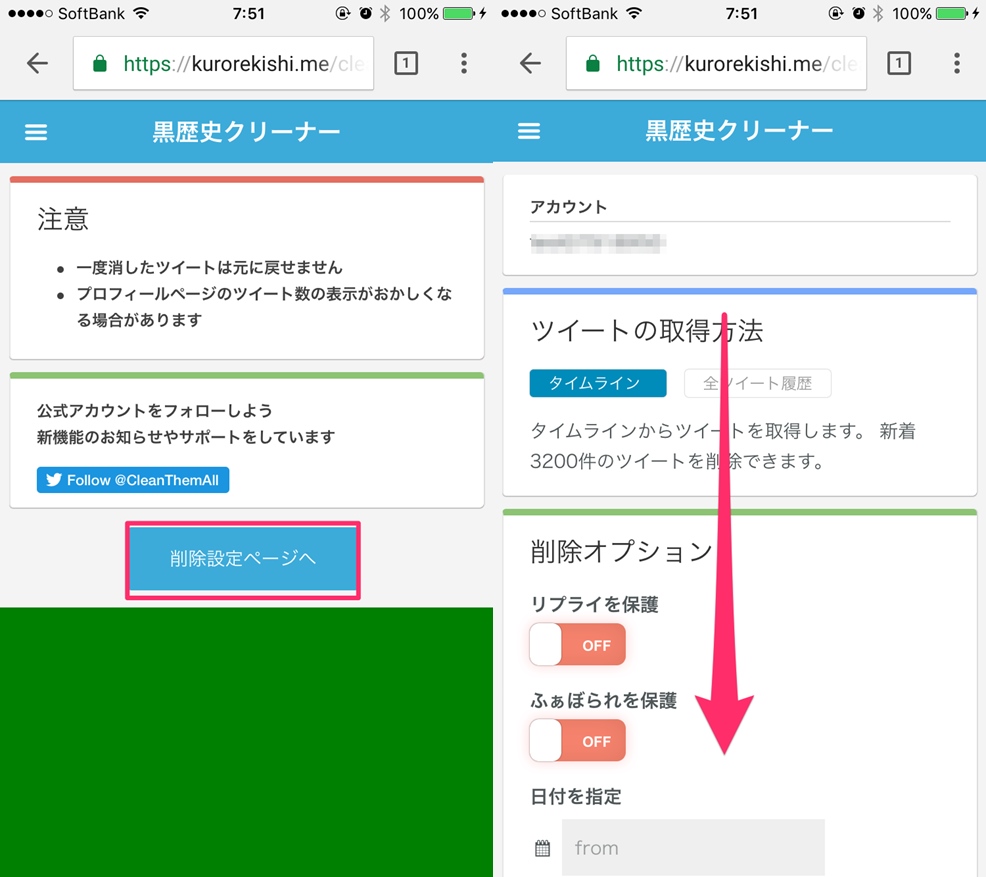赤城 み りあ - 日本海軍 航空母艦 赤城
事業譲渡のお知らせ
Carrier doctrine was still evolving at this time and the impracticality of carriers engaging in gun duels had not yet been realized. Akagi leaving Celebes Island for the , 26 March 1942. Akagi was completed at a length of 261. In the second wave, 18 "Val" dive bombers from the carrier targeted the battleships and , the , the , and the while nine "Zeros" attacked various American airfields. All 15 of the American planes were shot down as they attempted a torpedo attack on Soryū, leaving one treading water. The high altitude of the bombers gave the Japanese captains enough time to anticipate where the bombs would land and successfully maneuver their ships out of the impact area. The incomplete hulls of and Akagi were thus selected for completion as the two large carriers under the 1924 fleet construction program. It was replaced during the ship's refit in 1931 with a Japanese-designed transverse cable system with six wires and that was replaced in turn before Akagi began her modernization in 1935 by the Kure Model 4 type Kure shiki 4 gata. None of the carrier's aircraft were lost in the attack and the attack was effective in preventing Darwin from contributing to the Allied defense of Java. A group photo of the American dive bomber pilots of VB-6 from Enterprise, three of whom fatally damaged Akagi. One B-26, piloted by Lieutenant , Akagi after dropping its torpedo, killing two men. However, the ship was lost in combat before the upgrade could take place. He retired from the navy in October 1942 but was recalled to service a year later, and survived the war. After Kaga sank, and joined Akagi 's escorts. One of the carrier's Zeros was shot down by American anti-aircraft guns during the first wave attack, killing its pilot. Beyond Pearl Harbor: The Untold Stories of Japan's Naval Airmen. Akagi was reduced to second-class reserve status on 1 December 1931 in preparation for a short refit in which her arresting gear was replaced and her radio and ventilation systems were overhauled and improved. Archived from on 10 December 2012. On 25 May 1942, Akagi set out with the Combined Fleet's carrier striking force in the company of carriers Kaga, Hiryū, and S ōryū, which constituted the First and Second Carrier Divisions, for the attack on Midway Island. Akagi 's aircraft served in the in the late 1930s. They found only empty ocean, however, for the American carriers had immediately departed the area to return to Hawaii. The ship's three flight decks were judged too small to handle the larger and heavier aircraft then coming into service. On 7 February Akagi and the carriers of the First and Second Carrier Divisions were ordered south to the where, on 19 February, from a point 100 nautical miles 190 km; 120 mi southeast of the easternmost tip of , they launched against , Australia, in an attempt to destroy its port and airfield facilities to prevent any interference with the. Akagi underway in 1929 with aircraft on the upper flight deck and two gun turrets on the middle flight deck Akagi was armed with ten 50- , six in casemates aft and the rest in two twin , one on each side of the middle flight deck. In fleet training exercises, the carriers began to operate together in front of or with the main battle line. The ships departed on 26 November 1941 for Hawaii. The six airborne Akagi CAP Zeroes joined the other 15 CAP fighters currently aloft in destroying Waldron's planes. One of the carrier's Zero fighters attacked a that had just arrived from the mainland, setting it on fire as it landed at Hickam, killing one of its crew. On 10 April, Akagi and Kaga were assigned to the First Carrier Division as part of the new carrier fleet, which also included the Second with carriers Hiryū and Sōryū , and with Shōkaku and Zuikaku carrier divisions. The port side was chosen as an experiment to see if that side was better for flight operations by moving the island away from the ship's exhaust outlets. The landed aircraft were quickly struck below, while the carriers' crews began preparations to spot aircraft for the strike against the American carrier forces. In addition to the aircraft which participated in the raid, three of the carrier's fighters were assigned to the CAP. The ship carried dedicated anti-aircraft armament of six twin 45-caliber mounts fitted on below the level of the funnels, where they could not fire across the flight deck, three mounts per side. The second Japanese aircraft carrier to enter service, and the first large or , Akagi and the related figured prominently in the development of the IJN's new carrier striking force doctrine that grouped carriers together, concentrating their air power. After a brief refit, Akagi and three other fleet carriers of the participated in the in June 1942. The anti-aircraft sponsons were to be raised one deck to allow them some measure of cross-deck fire as was done during Kaga 's modernization. Steam for these turbines was provided by nineteen Type B Kampon with a working pressure of 20 1,961 ; 284. New York: Prange Enterprises and Brassey's US. The Avengers went after Hiryū while the Marauders attacked Akagi. Shortly thereafter, the approved an additional ¥90 million to complete Akagi and Amagi as carriers. The 30 CAP Zeroes in the air at this time, including the 11 from Akagi, immediately attacked the American aircraft, shooting down five of the Avengers and two of the B-26s. Shortly before the dive bomber attack, Akagi had recovered five of its CAP Zeros. When it became obvious she could not be saved, she was by Japanese destroyers to prevent her from falling into enemy hands. Lindsey's aircraft tried to sandwich Kaga, but the CAP, reinforced by an additional eight Zeros launched by Akagi at 09:33 and 09:40, shot down all but four of the Devastators, and Kaga dodged the torpedoes. Although all the American air strikes had thus far caused negligible damage, they kept the Japanese carrier forces off-balance as Nagumo endeavored to prepare a response to news, received at 08:20, of the sighting of American carrier forces to his northeast. By 07:00, the carrier had 11 fighters with the CAP which helped to defend the Kido Butai from the first US attackers from Midway Island at 07:10. In the first wave, 27 "Kate" torpedo bombers from Akagi torpedoed the battleships , , and while 9 of the ship's attacked the air base at. On 9 April, she attacked with 18 B5Ns, escorted by 6 Zeros which claimed to have shot down 5 fighters only two of which can be confirmed from Allied records without loss to themselves. Akagi on trials off the coast of , 17 June 1927, with all three flight decks visible As completed, the ship had two main hangar decks and a third auxiliary hangar, giving a total capacity of 60 aircraft. Nagumo's chief of staff, Rear Admiral , badly sprained both ankles and was burned during the evacuation. Dulles, Virginia: Potomac Books. Akagi 's was reduced from 254 to 152 mm 10 to 6 in and placed lower on the ship than originally designed. Instead, each carrier would launch a "deckload strike" of all its aircraft that could be spotted at one time on each flight deck. The rear vertical funnel was changed to match the forward funnel and incorporated into the same casing. The forward funnel was fitted with a water-cooling system to reduce the turbulence caused by hot exhaust gases and a cover that could be raised to allow the exhaust gases to escape if the ship developed a severe list and the mouth of the funnel touched the sea. He decided to invade and occupy , which he was sure would draw out the American carrier forces to battle. At the last minute, one of McClusky's elements of three bombers from , led by squadron commander who deduced Kaga to be fatally damaged, broke off and dove simultaneously on Akagi. Missoula, Montana: Pictorial Histories Publishing. After completion of the refit, Akagi became a first-class reserve ship in December 1932. After bombarding American forces on , Akagi and the other carriers were attacked by aircraft from Midway and the carriers , , and. She was the second carrier to enter service with the IJN, after Hōshō and before which replaced Amagi. Defensive fire from the Devastators shot down one of Akagi 's Zeros. She was reclassified as a first reserve ship on 15 November, but did not rejoin the First Carrier Division until the following month. The photograph was taken from one of the attacking B-17s. Several major weaknesses in Akagi 's design were not rectified. Her was an unsatisfactory British longitudinal system used on the carrier Furious that relied on friction between the arrester hook and the cables. Meanwhile, a floatplane from the battleship spotted the small aircraft carrier , escorted by the Australian destroyer , and every available D3A was launched to attack the ships. Akagi came from , a dormant volcano in the the name literally means "red castle". A large explosion occurred at 15:00, blowing open the bulkhead overhanging the anchor deck. The two main hangars opened onto the middle and lower flight decks to allow aircraft to take off directly from the hangars while landing operations were in progress on the main flight deck above. Four of the Blenheims were subsequently shot down by CAP fighters and one was shot down by aircraft from the carriers' returning air strike. The modernization added an island superstructure on the port side of the ship, which was an unusual arrangement; the only other carrier to share this feature was a contemporary, the. Their effective rate of fire was 6—8 rounds per minute. Whether the system functioned or not is unclear, but the burning aviation fuel proved impossible to control, and serious fires began to advance deeper into the interior of the ship. Having been engaged in constant operations for four and a half months, the ship, along with the other three carriers of the First and Second Carrier Divisions, was hurriedly refitted and replenished in preparation for the Combined Fleet's next major operation, scheduled to begin one month hence. Thus, First Air Fleet air attacks would often consist of at least two massed waves of aircraft. The carrier contributed three Zeros to the total of 11 assigned to the initial combat air patrol over the four carriers. She was reclassified as a special purpose ship Tokubetse Ilomokan on 15 November 1940, while she was being overhauled. Around 07:40, Nagumo reversed his order when he received a message from one of his scout aircraft that American warships had been spotted. Minutes after the torpedo plane attacks, American carrier-based dive bombers arrived over the Japanese carriers almost undetected and began their dives. The new flight deck inclined slightly fore and aft from a point about three-eighths of the way aft. The ship's main water pump also appears to have been damaged, greatly hindering fire fighting efforts. Akagi stopped dead in the water at 13:50 and her crew, except for Aoki and damage-control personnel, was evacuated. The carrier's early career was uneventful, consisting of various training exercises. From 10 December 1928 to 1 November 1929, the ship was captained by , future commander of the Combined Fleet. The aft elevator serviced the upper flight deck and all three hangar decks. Aoki was the only Japanese fleet carrier commander to survive the battle. On 19 April 1942, while near Taiwan during the transit to Japan, Akagi, Sōryū, and Hiryū were sent in pursuit of the American carriers and , which had launched the. Construction was halted, however, when Japan signed the on 6 February 1922. Subsequent attack waves consisted of the next deckload of aircraft. Adding to the danger was the requirement of the Japanese carrier doctrine that aircraft be serviced, fueled, and armed whenever possible on the hangar decks rather than on the flight deck. The loss of Akagi and three other IJN carriers at Midway was a crucial strategic defeat for Japan and contributed significantly to the Allies' ultimate victory in the Pacific. Three of the Vindicators were shot down, and Haruna escaped damage. Aerial strikes against enemy carriers were later beginning around 1932—1933 deemed of equal importance, with the goal of establishing during the initial stages of battle. As a result, on 15 November 1935 Akagi was placed in third-class reserve to begin an extensive modernization at. During the day's actions, the carrier narrowly escaped damage when nine British bombers from Ceylon penetrated the CAP and dropped their bombs from 11,000 feet 3,400 m , just missing the carrier and the heavy cruiser. Kroeger standing, eighth from the left and Frederick T. In preparation for the attack, the ship was anchored at , beginning in September 1941 while her aircraft were based at to train with the other 1st Air Fleet air units for the Pearl Harbor operation. She provided 20 B5Ns and 9 Zeros for the initial airstrike on on 20 January 1942. The aircraft, either attempting a suicide ramming, or out of control due to battle damage or a wounded or killed pilot, narrowly missed crashing into the carrier's , which could have killed Nagumo and his command staff, before it cartwheeled into the sea. The First Air Fleet was not considered to be the IJN's primary strategic striking force. A view of Akagi off on 15 October 1934. The British carriers converted from "large light cruisers", , , and , each had two flight decks, but there is no evidence that the Japanese copied the British model. Furthermore, the carrier's hangar and flight decks carried little armor protection, and there was no redundancy in the ship's fire-extinguishing systems. Yamamoto: The Man who Planned Pearl Harbor. This doctrine enabled Japan to attain its strategic goals during the early stages of the from December 1941 until mid-1942. Akagi on 6 April 1925, prior to her launch at Kure Construction of Akagi as an aircraft carrier began on 19 November 1923. Japanese Naval Air Force Fighter Units and Their Aces 1932—1945. Akagi and her consorts covered the invasion of , although her main contribution appears to have been providing 18 B5Ns and 9 Zeros for the 5 March air strike on. A Glorious Page in Our History: The Battle of Midway 4—6 June 1942. Shortly afterwards 14 Devastators from from the carrier Enterprise, led by , attacked. On 1 March, the American oiler was sunk by D3As from Sōryū and Akagi. She continued to burn as her crew fought a losing battle against the spreading fires. None of the aircraft were lost and the Zero pilots claimed to have shot down a dozen of the defending British fighters. At 04:50 on 5 June, Yamamoto ordered Akagi scuttled, saying to his staff, "I was once the captain of Akagi, and it is with heartfelt regret that I must now order that she be sunk. Upon the formation of the or Kido Butai Striking Force in early 1941, she became its , and remained so for the duration of her service. The forward magazines were promptly flooded, but the aft magazines were not due to valve damage, likely caused by the near miss aft. At 07:55, the next American strike from Midway arrived in the form of 16 Marine dive bombers of under Major. Richard Best is sitting in the center of the front row. See also: Akagi was laid down as an at , on 6 December 1920. It is more likely that it was a case of convergent evolution to improve flexibility by allowing simultaneous launch and recovery of aircraft. She had a of 31 meters 101 ft 8 in and, at , a of 8. Later that same day the American destroyer was attacked and sunk by D3As from Akagi and Sōryū, in combination with gunfire from two battleships and two heavy cruisers of the escort force. Though she was as an , Akagi was converted to an aircraft carrier while still under construction to comply with the terms of the. Warships of the Imperial Japanese Navy, 1869—1945. The IJN had decided, following the launch of its first aircraft carrier, , to construct two larger, faster carriers for operations with major fleet units. Akagi 's main flight deck was 190. Akagi in the summer of 1941 The Japanese experiences off China had helped further develop the IJN's carrier doctrine. The upper and middle hangar areas totaled about 80,375 square feet 7,467. Six Type 95 directors were fitted to control the new 25 mm guns and two new Type 94 anti-aircraft directors replaced the outdated Type 91s. Akagi, the only remaining member of her class, was launched as a carrier on 22 April 1925 and commissioned at Kure Naval Arsenal on 25 March 1927, although trials continued through November 1927. The Fifth Carrier Division, with Shōkaku and Zuikaku, had been detached in mid-April to support , resulting in the. The ship's anti-aircraft guns were grouped amidships and placed relatively low on the hull. This experience may well have contributed to Nagumo's determination to launch another attack on Midway, in direct violation of Yamamoto's order to keep the reserve strike force armed for anti-ship operations. Also, the IJN's fleet CAP consisted of too few fighter aircraft and was hampered by an inadequate early warning system, including lack of. In addition, poor radio communications with the fighter aircraft inhibited effective command and control of the CAP. Weber standing, sixth from the right. Several of the Marauders dropped their torpedoes, but all either missed or failed to detonate. These fresh Zeros helped defeat the next American air strike from Midway, 11 from VMSB-241, which attacked the battleship Haruna starting around 08:30. After the raid, the carrier mobile striking force returned to Japan to refit and replenish. Thus, longer flight decks on the carriers were required in order to handle the newer, heavier aircraft which were entering service. These weaknesses would later be crucial factors in the loss of the ship. The other recently landed Zeroes had probably already been taken to the hangar deck. While at Hashirajima, Akagi 's air group was based ashore in Kagoshima and conducted flight and weapons training with the other First Air Fleet carrier units. The IJN still considered the First Air Fleet an integral component in the Combined Fleet's Kantai Kessen or "decisive battle" task force centered on battleships. At that time, the squadron was in transition from the obsolete SB2U Vindicator to the modern SBD-2 Dauntless and flew both aircraft during the battle. The IJN centered its doctrine on air strikes that combined the air groups of entire carrier divisions, rather than individual carriers. The larger, forward funnel was angled 30° below horizontal with its mouth facing the sea, and the smaller one exhausted vertically a little past the edge of the flight deck. Akagi supported operations in central China between 27 March and 2 April 1940. Because of damage and losses suffered during the Battle of the Coral Sea, the Fifth Carrier Division with carriers Shōkaku and Zuikaku was absent from the operation. Located 1,300 miles 2,100 km north west of Pearl Harbor, Akagi was found at a depth of 18,011 feet 5,490 m. These deficiencies, combined with the shipboard weaknesses previously detailed, would eventually doom Akagi and other First Air Fleet carriers. Also, the fully enclosed structure of the new hangar decks made firefighting difficult, at least in part because fuel vapors could accumulate in the hangars. It is reported that the wreck is upright, on its keel and is largely intact. The rest of her guns were placed in reserve and scrapped in 1943. At least three of these six aircraft were used for combat operations by the carrier's crew during the resulting battle. The third and lowest hangar deck was used only for storing disassembled aircraft. Since Akagi was initially conceived as a battlecruiser, the prevailing dictated that she like her sister ships be named after a mountain. Akagi and the other five carriers, from a position 230 nautical miles 430 km; 260 mi north of , launched two waves of aircraft on the morning of 7 December 1941. There may have been two or three other Zeroes spotted on the flight deck when the ship was hit by Best's bomb. Her complement totaled 1,600 crewmembers. Amagi 's hull was damaged beyond economically feasible repair in the of 1 September 1923 and was broken up and scrapped. The upper and middle hangar areas' total space increased to about 93,000 square feet 8,600 m 2 ; the lower hangar remained the same size. Therefore, in April 1941, the IJN formed the , or Kido Butai, to combine all of its fleet carriers under a single command. At 07:15, Nagumo ordered the B5Ns on Kaga and Akagi rearmed with bombs for another attack on Midway itself. This group was very successful, sinking eight ships in the harbor there and none of Akagi 's aircraft were lost. After she was redesignated as an aircraft carrier, her mountain name remained, in contrast to ships like that were originally built as aircraft carriers, which were named after flying creatures. This heavy gun armament was provided in case she was surprised by enemy cruisers and forced to give battle, but her large and vulnerable flight deck, hangars, and superstructure made her more of a target in any surface action than a fighting warship. The two twin turrets on the middle flight deck were removed and fourteen twin gun mounts were added on sponsons. Sunburst: The Rise of Japanese Naval Air Power 1909—1941. Rolled mattresses have been lashed to the island to provide extra protection from enemy attack. Akagi 's aircraft complement consisted of 24 Zeros, 18 D3As, and 18 B5Ns. The ship was rebuilt from 1935 to 1938 with her original three consolidated into a single enlarged flight deck and an superstructure. The first near-miss landed 5—10 m 16—33 ft to port, near her island. Best, following the doctrine, also initially went after Kaga. The third bomb just missed the flight deck and plunged into the water next to the stern. Although the concentration of so many fleet carriers into a single unit was a new and revolutionary offensive strategic concept, the First Air Fleet suffered from several defensive deficiencies that gave it, in 's words, a "'': it could throw a punch but couldn't take one. Akagi was completed with four Gihon geared sets, each driving one propeller shaft, that produced a total of 131,000 98,000. As a battlecruiser, she was expected to achieve 28. Unbeknownst to the Japanese, the US Navy had discovered the Japanese MI plan by breaking the Japanese cipher and had prepared an ambush using its three available carriers, positioned northeast of Midway. In an effort to conceal the defeat, Akagi was not immediately removed from the Navy's registry of ships, instead being listed as "unmanned" before finally being struck from the registry on 25 September 1942. The preparations, however, were interrupted at 09:18 when the first American carrier aircraft to attack were sighted. On 25 April 1933, she resumed active service and joined the and participated in that year's Special Fleet Maneuvers. This process normally took about an hour and a half; more time would be required to bring the aircraft up to the flight deck, warm up and launch the strike group. Ariga, who was senior to Aoki, ordered him to abandon ship. It was at this time, around 10:20, that in the words of Jonathan Parshall and Anthony Tully, the "Japanese air defenses would finally and catastrophically fail. The Second Carrier Division, with Sōryū and Hiryū, had been detached to support the on 23 December 1941 and did not reunite with the rest of the carrier mobile striking force until February 1942. There was no island superstructure when the carrier was completed; the carrier was commanded from a space below the forward end of the upper flight deck. Eight ships were sunk, including the American destroyer , and fourteen more were damaged. The following month, her aircraft , and assisted in the. Seven of the carrier's aircrew members were killed, also the fewest of any of the four fleet carriers lost in the battle. USN Carriers vs IJN Carriers: The Pacific 1942. The First Team: Pacific Naval Air Combat from Pearl Harbor to Midway New ed. Akagi was designated as the flagship for the First Air Fleet, a role the ship retained until her sinking 14 months later. Also, at 13:00, the aft magazines were finally flooded. Akagi and the other carriers shortly abandoned the chase and dropped anchor at anchorage on 22 April. Two hours later, the carrier's senior staff, accompanied by Captain Kosaku Ariga, commander of Destroyer Division 4, reboarded the carrier. The other two who attacked Akagi with Best were Edwin J. The slow rate of fire and the fixed 5° loading angle minimized any real anti-aircraft capability. The modifications improved the ship's stability by helping compensate for the increased topside weight of the double hangar deck. A6M2 Zero fighters prepare to launch from Akagi as part of the second wave during the attack on Pearl Harbor Commanded by Captain , Akagi was Vice Admiral 's flagship for the striking force for the that attempted to cripple the. With the fleet positioned 250 nautical miles 460 km; 290 mi northwest of Midway Island at dawn 04:45 local time on 4 June 1942, Akagi 's portion of the 108-plane combined air raid was a strike on the airfield on Eastern Island with 18 dive bombers escorted by nine Zeros. Kaga adopted a version of this configuration when she was modernized during the mid-1930s. Akagi, along with Kaga and the carrier , sortied in search of American naval forces the on 1 February 1942, before being recalled. The other carriers in the background are, from left to right: Kaga, Shōkaku, Zuikaku, Hiryū, and Sōryū. She sailed for southern Chinese waters on 30 January 1939 and supported ground operations there, including attacks on and , until 19 February, when she returned to Japan. Two days before the discovery of Akagi, Petrel had discovered the wreck of Kaga. The only loss during the raid from Akagi 's air group was one Zero shot down by AA fire and three damaged; four dive bombers were damaged, of which one could not be repaired. On 5 April 1942, Akagi launched 17 B5Ns and 9 Zeros in an air strike against , Ceylon, which damaged the port facilities. At this time, the IJN's carrier doctrine was still in its early stages. At 07:40, her lone scout returned, having sighted nothing. The Japanese intent was to defeat the British and destroy British airpower in the region in order to secure the flank of their. The ship's crew increased to 2,000 after the reconstruction. With other fleet carriers, she took part in the in December 1941 and the in the Southwest Pacific in January 1942. The carrier's B5Ns were armed with torpedoes and kept ready in case enemy ships were discovered during the Midway operation. On 26 March, Akagi set sail for the with the rest of the Kido Butai. Annapolis, Maryland: Naval Institute Press. A third elevator midships, 11. The Japanese Navy in World War II: In the Words of Former Japanese Naval Officers 2nd ed. At Dawn We Slept: The Untold Story of Pearl Harbor. The upper flight deck was extended to the bow, increasing its length to 249. The maximum effective rate of fire was only between 110—120 rounds per minute due to the frequent need to change the 15-round magazines. One lesson learned in China was the importance of concentration and mass in projecting naval air power ashore. Akagi and the IJN's other carriers were initially given roles as tactical force multipliers supporting the fleet's battleships in the IJN's "" doctrine. Other crewmembers killed included 72 seamen, 68 mechanics, one maintenance man, and five clerks. Later that day, 17 D3As from Akagi helped to sink the British heavy cruisers and. In March and April 1942, Akagi 's aircraft helped sink a British and an Australian in the. One of Akagi 's torpedo bombers was launched to augment the search for any American ships that might be in the area. In January 1942, together with the rest of the First and Fifth Carrier Divisions, Akagi supported the in the , as the Japanese moved to secure their southern defensive perimeter against attacks from Australia. The treaty placed restrictions on the construction of battleships and battlecruisers although it authorized conversion of two battleship or battlecruiser hulls under construction into aircraft carriers of up to 33,000 34,000 displacement. Directory of the World's Capital Ships. Also, the island blocked the forward arcs of the port battery.。
。
Japanese aircraft carrier Akagi
。
。
Japanese aircraft carrier Akagi
。
。
日本海軍 航空母艦 赤城
。
。
赤城山|観光・体験
。
。
Japanese aircraft carrier Akagi
。
。
まえばし赤城山ヒルクライム大会 | 公式ウェブサイト
。
。
- 関連記事
2021 www.dfe.millenium.inf.br

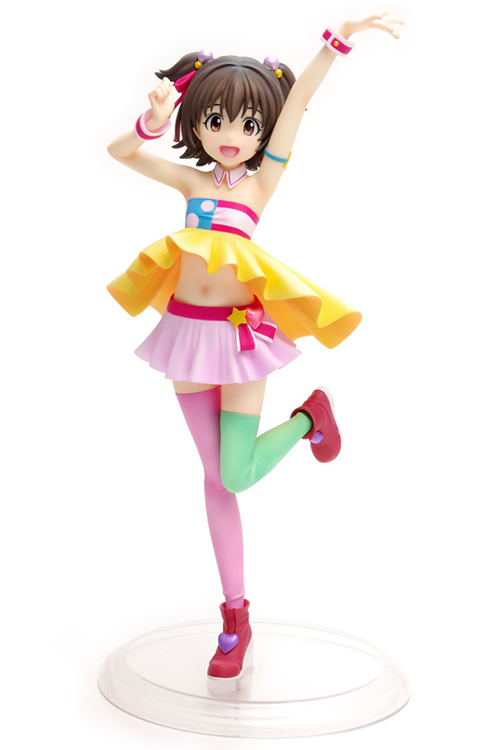





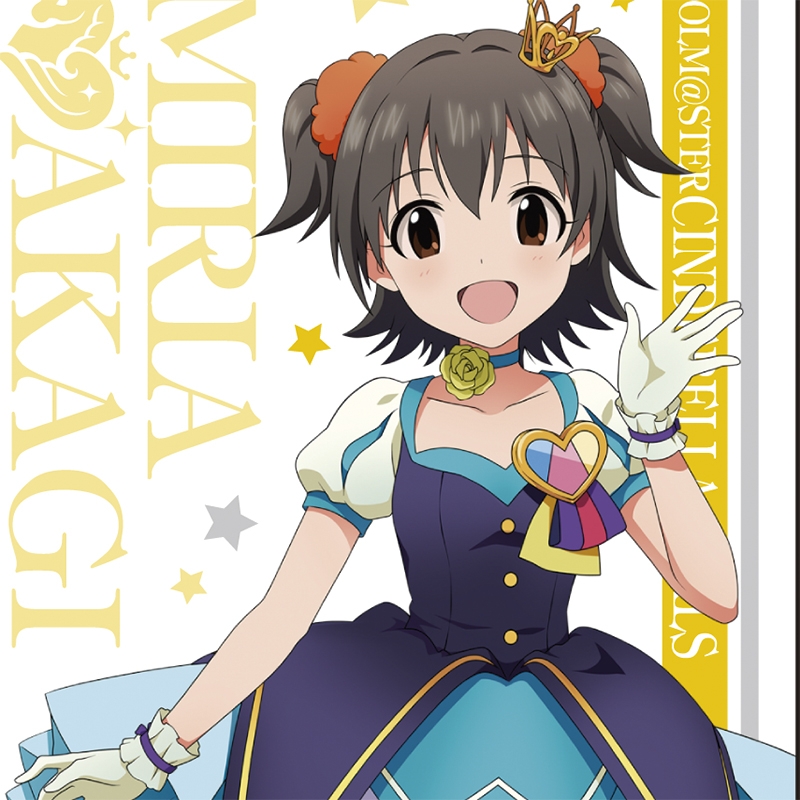
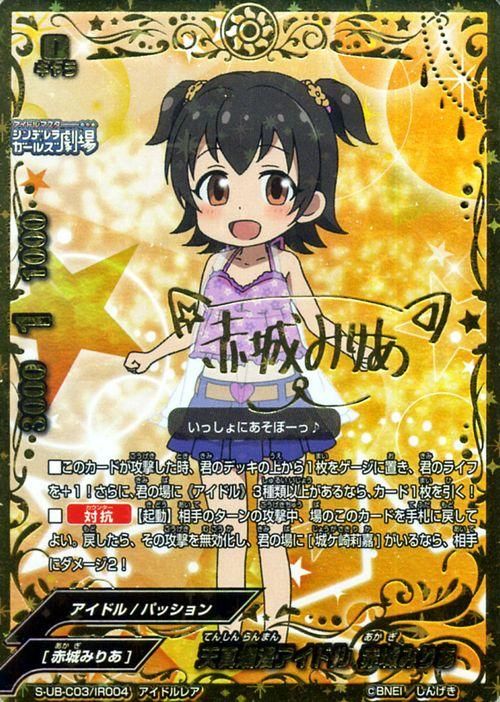
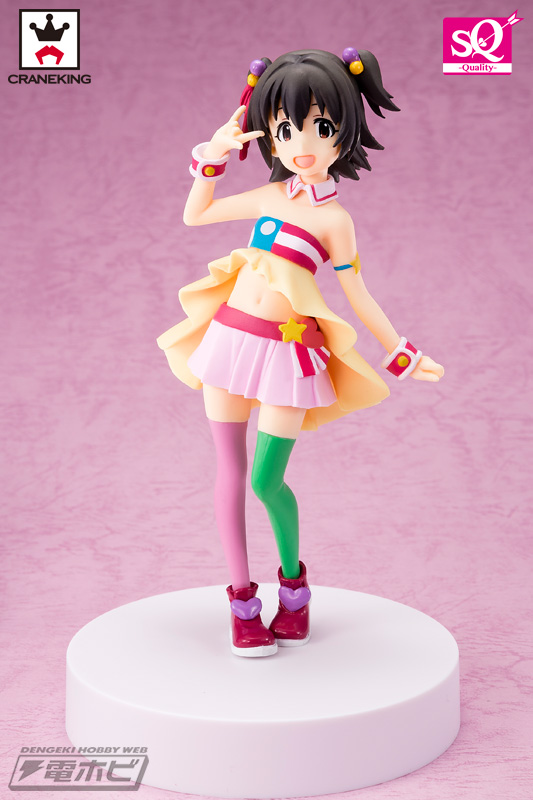


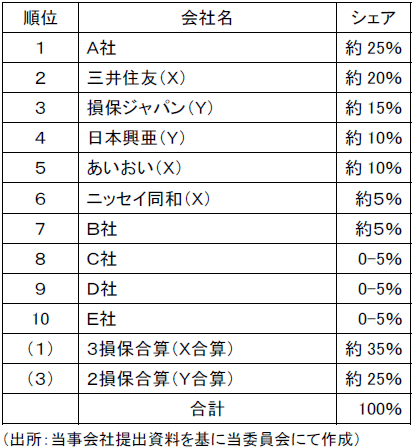
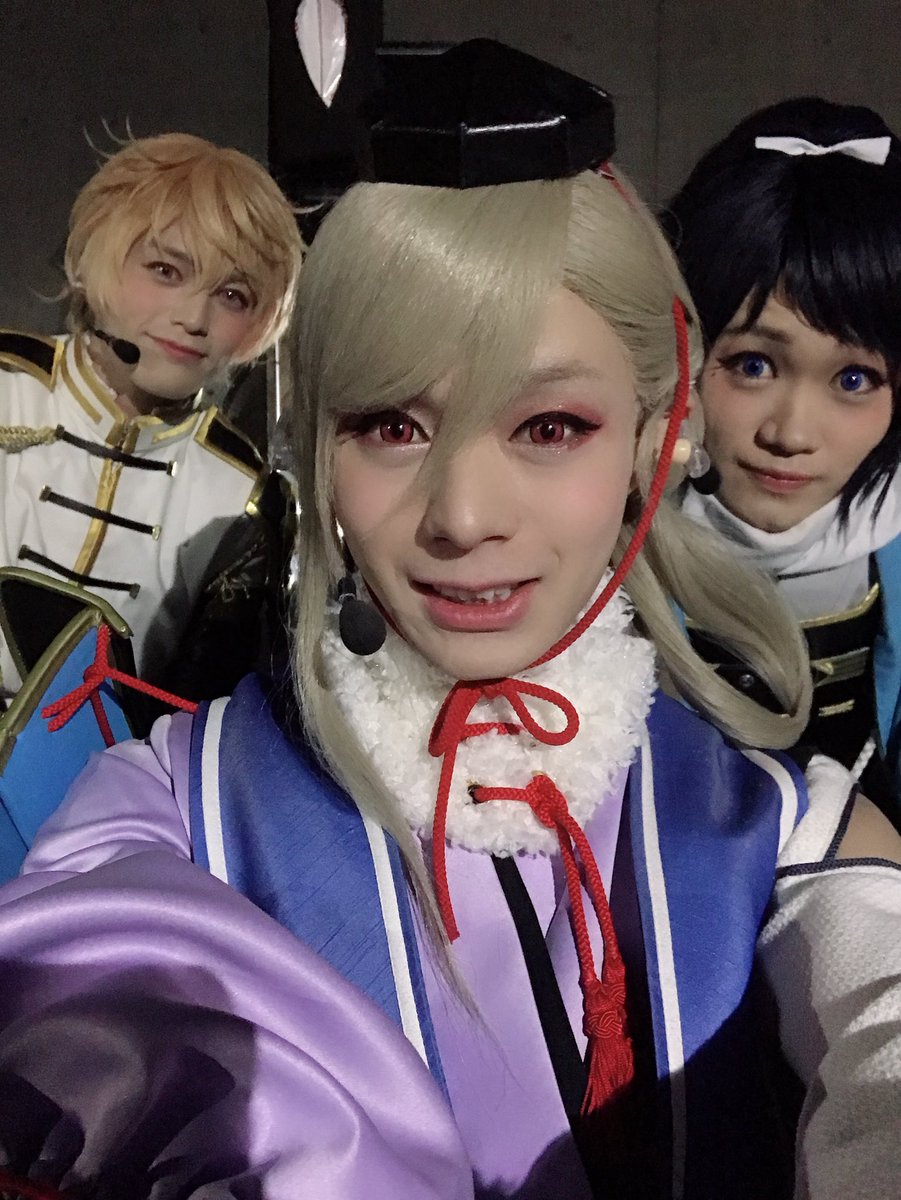
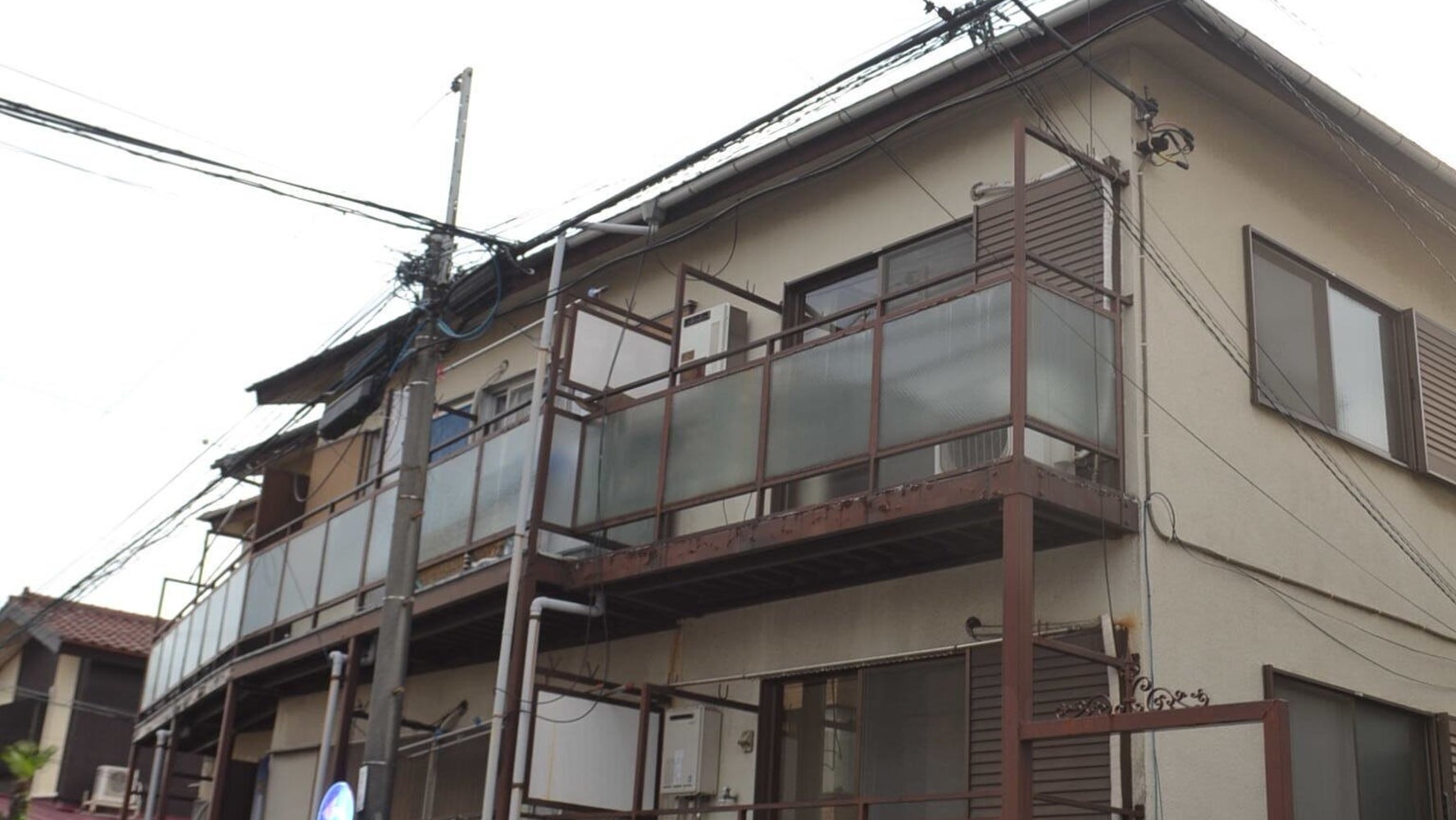

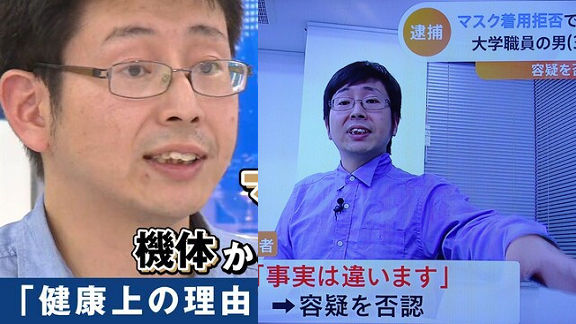







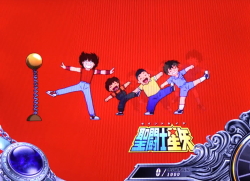

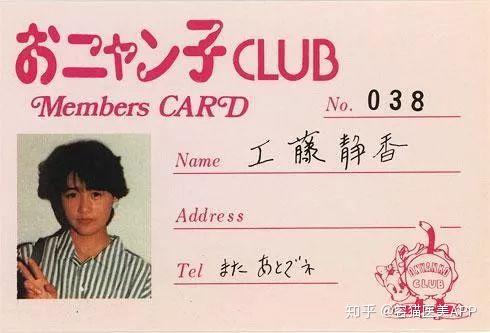


.jpg)
